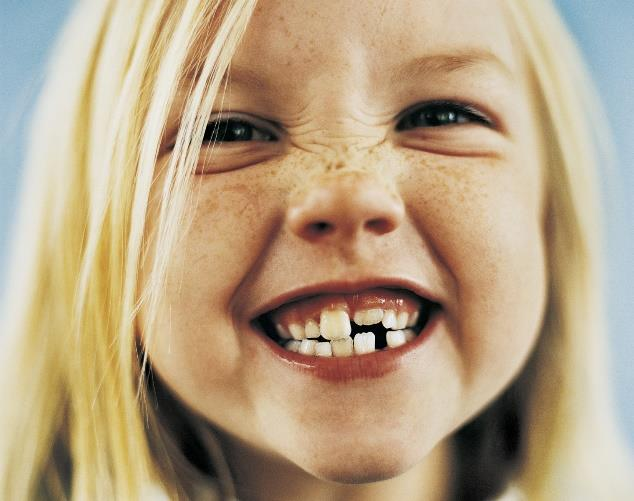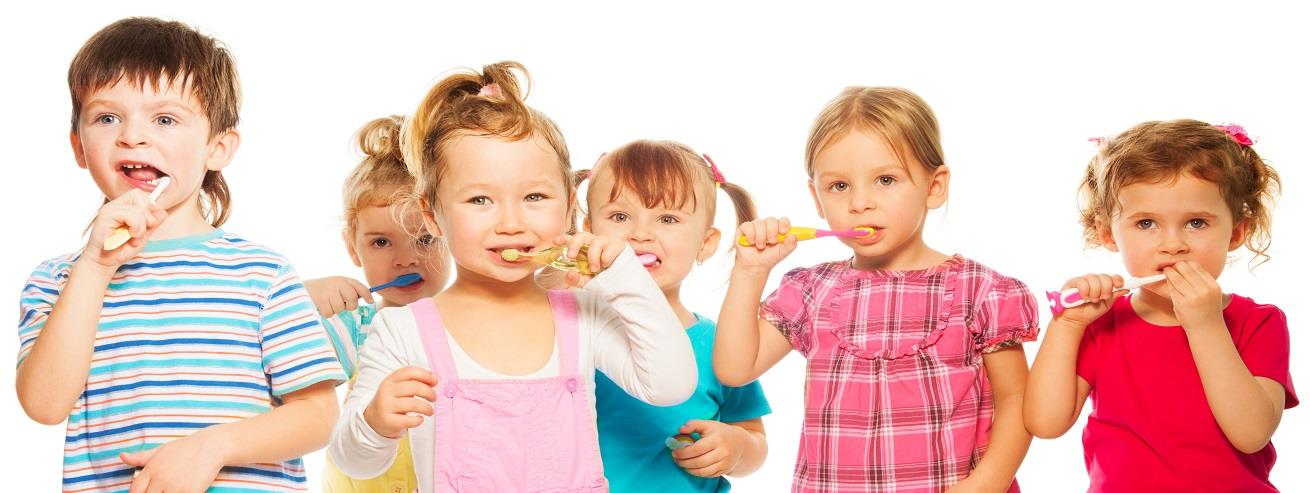

Pediatric Dental Emergencies Toothache Rinse the mouth vigorously with warm water to clean out debris. Use dental floss to remove any food that might be trapped between teeth. If swelling is present, place cold compresses on the outside of the cheek. (Do not use heat or place aspirin on the aching tooth or gum tissues). Typically tylenol or advil will control these types of discomforts but if it doesn’t calm the tooth down, please contact our office during business hours so we may schedule you for an emergency appointment to address the problem more fully. Knocked-Out Tooth If the tooth is dirty, rinse it gently in running water. Do not scrub it. Gently insert and hold the tooth in its socket. If this is not possible, place the tooth in a container of milk or cool water. Contact our office immediately. (Treatment needs to be done within 30 minutes, if possible). Don’t forget to bring the tooth. Broken Tooth Gently clean dirt or debris from the injured area with warm water. Place cold compresses on the face,…

Sedation Dentistry Sedation dentistry uses medication to help patients relax during dental procedures. Sedation is most commonly used during extensive procedures, for patients with dental phobia, or for patients who find it difficult to sit still. Sedation can range from the use of nitrous oxide to calm a patient to general anesthetics used to put patients to sleep. Patients with dental phobia, low pain tolerance, major dental treatment, physical handicaps, or strong gag reflexes may require sedation. Sedation is endorsed by the Canadian Pediatric Dental Association and is an effective way to make many patients comfortable during their dental visit. Before using a sedative or anesthetic, it is important to tell your pediatric dentist about medical background and any medications or medical treatments your child is receiving. Before administering any sedative or anesthetic, your pediatric dentist will talk to you about the process of sedation and pre- and post-sedation instructions. Our doctors specialize…

Special Care Dentistry Some of our patients require extra special dental care in a private room or hospital setting. Patients with special needs are those who due to physical, medical, developmental, or cognitive conditions require special care and consideration when receiving dental treatment. This can include children with autism, spinal cord injuries, Down syndrome, anxiety, and other conditions that make standard dental procedures more difficult. Our motto is to provide special care for ALL people that seek our care for their dental needs, no matter their race, background, or any other contributing health factor. In particular, our dental office has implemented strategies to make patients that may respond negatively to traditional sensory experiences in a dental office feel more comfortable. We use a lot of tell-show-do, and provide patients with “bite-sized” appointments that are easy to manage. We invest a lot of time at the beginning of the care relationship getting the patients accustomed to the…

Dental Development Primary Teeth Throughout your life and dental development, you will have two sets of teeth: primary (baby) teeth and secondary (permanent or adult) teeth. The primary teeth appear around ages 6-8 months, and all 20 are in place by age 3. The enamel constituting primary teeth is usually a bit different than that of adult teeth, making these teeth slightly whiter looking compared to adult teeth. They are very important teeth for speech and language development and also serve as a place holder for the future adult teeth. Excellent care and maintenance of these teeth is critical to the development of a healthy adult set of teeth. Permanent Teeth Permanent teeth will begin to grow around age 6, and with the exception of wisdom teeth, are usually all present between ages 12 and 14. This process starts with the four front teeth called the incisors between 6 and 8 years old. There is then a break in eruption and development until about age 10 to 10.5 when the side teeth called premolars…
